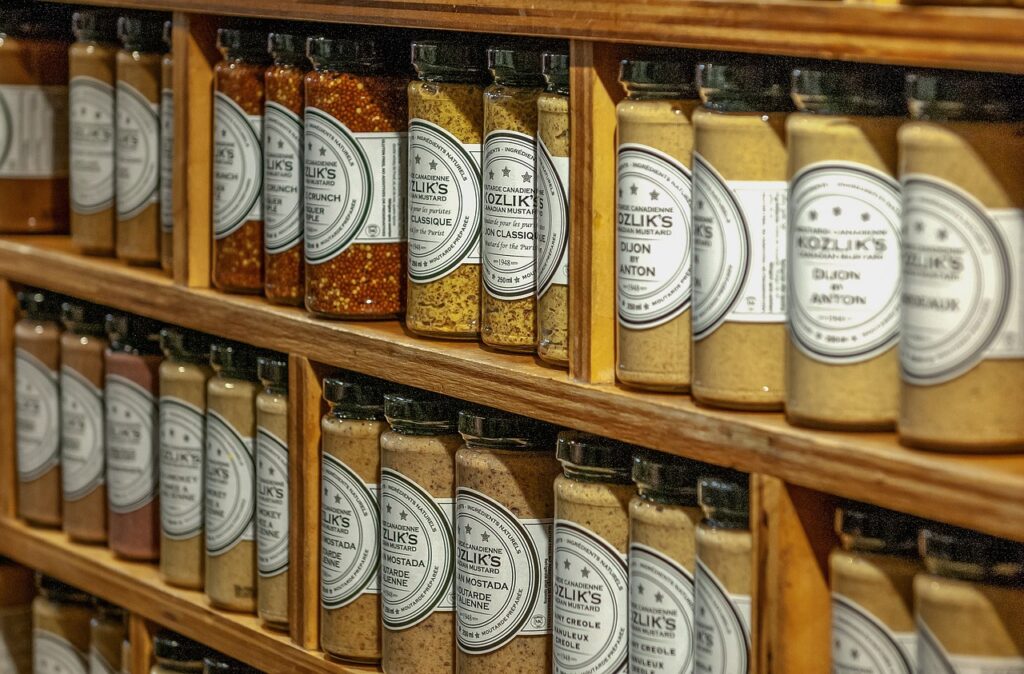How to Create a Product to Sell

Introduction
How to Create a Product to Sell. Creating a product to sell is both an exciting and challenging venture, which must be done with skill.
Whether you’re an entrepreneur or someone looking to start a business, coming up with the right product is essential for your success. The market is filled with products that cater to various needs, so your product must stand out.
This article will walk you through the essential steps and strategies needed to create a product that resonates with customers and ensures your journey into the market is a successful one.
Identify a Niche Following a Need or Problem
Before you dive into creating a product, you should first understand what the market needs. It is important to identify a gap or a specific problem that your product will solve. This step will ensure that your product has a purpose and isn’t just another item on the shelf.
Start by looking around you. What problems do people face regularly? What frustrations do they have with existing products?
You can also explore forums, social media, and consumer review sites to see what issues are trending and where improvements could be made.
By focusing on solving a problem, you’re already halfway to creating a product that customers will find valuable.
Research Your Market Thoroughly
Once you have identified a problem or need, you should dive into market research. This step will give you insight into what products are already available and how your idea is up against the competition.
It is important to understand your target market: who are your customers? What do they expect from a product like your own?
You can conduct surveys, run focus groups, or interact directly with potential buyers. This will help you adjust your product to their needs.
Market research is crucial in order to avoid costly mistakes later, so you can ensure you’re on the right track from the beginning.
Define Your Unique Selling Proposition (USP)
Once you’ve gathered enough research, you should develop a clear and compelling Unique Selling Proposition (USP).
The USP answers the question, “Why should customers choose your product over others?” It is what sets your product apart from the rest.
You should think about the benefits your product offers that your competitors don’t. It might be better functionality, a more affordable price point, or even a more environmentally friendly option. A well-defined USP will help you market your product effectively and attract the right customers.
Design and Prototype
With your USP in mind, it’s time to bring your product idea to life. You should start by designing the product with both aesthetics and functionality in mind. Your design should align with what your target audience values, whatever they are.
Once the design is in place, create a prototype. The prototype is a working version of your product that can be tested and improved.
This step is crucial because it allows you to make adjustments on a small product before launching the product on a larger scale, to reduce cost and avoid wastage.
It is important to test your prototype very thoroughly so that you can identify any weaknesses or areas for improvement before the final production.
Get Feedback and Refine
Once your prototype is ready, you should get feedback from your target audience. This step is important because customers mostly notice things that you, as the creator, might overlook.
You can gather feedback through paid test groups or early customers who are willing to give their honest opinion.
You should be prepared to make changes following the feedback you receive as this will only increase its chances of success when it finally hits the market.
Choose the Right Materials and Manufacturing Process
Once your product is refined, you can move to the production stage. It is important to choose the right materials for your product, as this will impact its durability, cost, and appeal.
Whether you’re creating a physical product or something digital, the quality of your materials will reflect and tell directly on your brand.
You also need to find a reliable manufacturing partner if your product requires large-scale production.
Look for manufacturers with experience in producing products similar to yours so that you get the best quality at a reasonable price.
You should also ensure that they can meet your timelines and production size requirements.
Set the Right Price
Pricing your product can be tricky, but it’s crucial to get it right. You should price your product competitively, but also in a way that reflects its value.
If your product is priced too low, customers might perceive it as low-quality. On the other hand, if it’s priced too high, you risk alienating potential buyers.
You can use cost-based pricing, which factors in the cost of materials and production, or value-based pricing, which focuses on what customers are willing to pay based on the product’s benefits.
It is important to strike a balance between making a profit and ensuring your product is accessible to your target audience.
Develop Your Brand and Packaging
The next step is to develop a strong brand identity and attractive packaging. You should create a brand that resonates with your target audience and communicates your product’s values.
Your logo, color, and messaging should all align with your brand’s identity and the emotions you want to evoke in customers.
Packaging plays a significant role in the product’s appeal. You should ensure that your packaging not only protects the product but also enhances the customer’s experience.
Remember that your packaging is often the first interaction a customer will have with your product, so it is important to make a positive first impression.
Plan Your Marketing and Sales Strategy
You can’t sell a product without a solid marketing plan. You should develop a good strategy that outlines how you will promote your product, what channels you will use, and what kind of messaging will resonate with your audience.
It is important to utilize both online and offline marketing channels, such as social media, email marketing, and even physical events.
Also, you should consider your sales strategy. Will you sell directly to customers through your website, through third-party retailers, or both? Each option has its advantages and disadvantages, so you should choose the one that aligns best with your product and target audience.
Launch and Evaluate
Once everything is in place, it’s time to launch your product. You should be strategic about your launch to create excitement and anticipation.
You can consider offering a limited-time discount or special bundle to attract early buyers. After the launch, you should continue to evaluate the product’s performance.
Monitor customer feedback, sales figures, and market trends. It is important to remain adaptable, as you may need to make adjustments based on how the product performs in the real world.
Conclusion
Creating a product to sell is a detailed process that requires planning, research, and creativity.
By following the steps outlined above, you can develop a product that meets the needs of your target audience and stands out in the marketplace.
Remember, it is important to focus on quality, customer satisfaction, and continuous improvement. With the right approach, your product can succeed in even the most competitive and the largest market.






[…] handmade items is one thing, but getting them to sell online is another game entirely. From setting up an […]